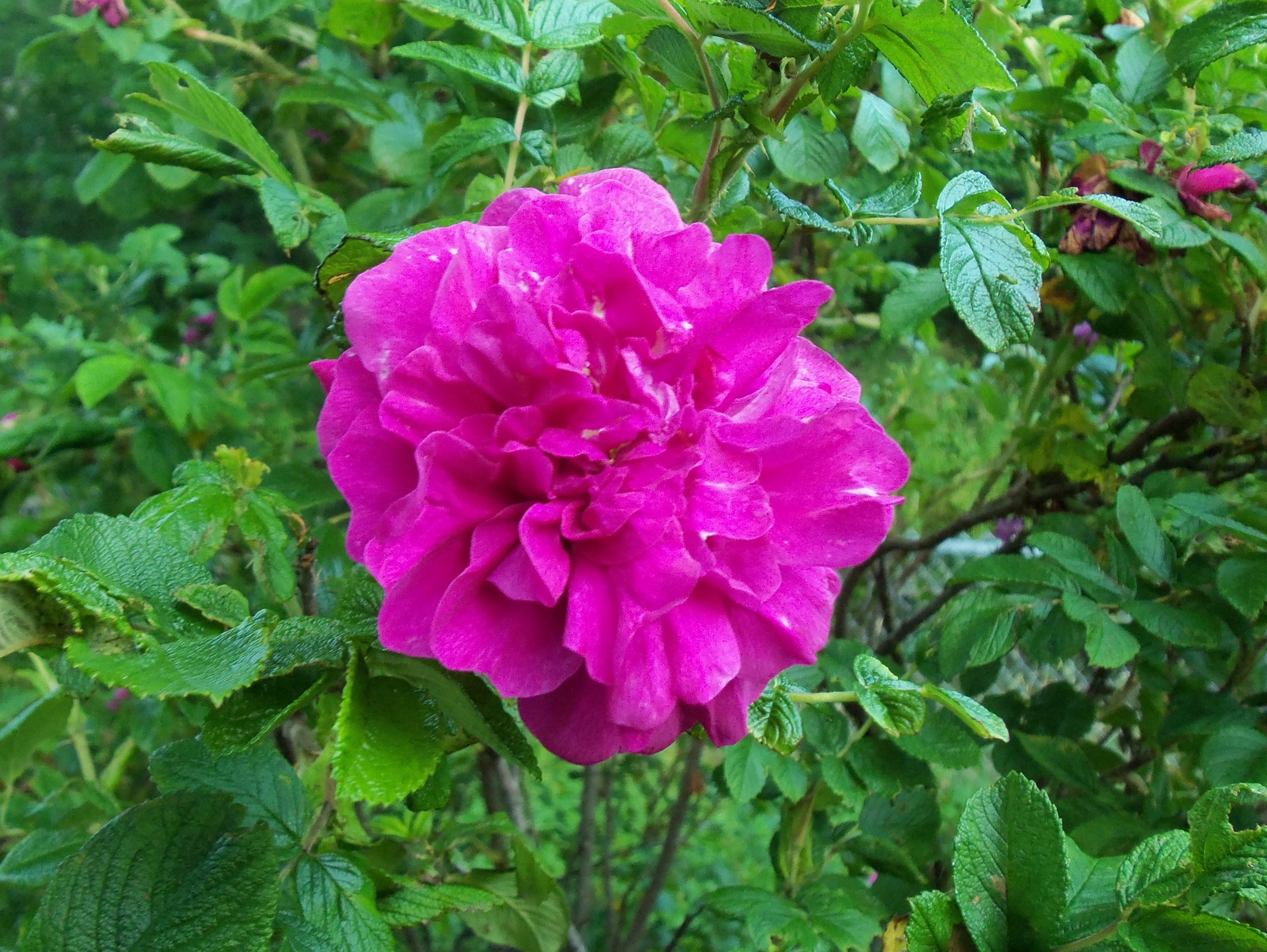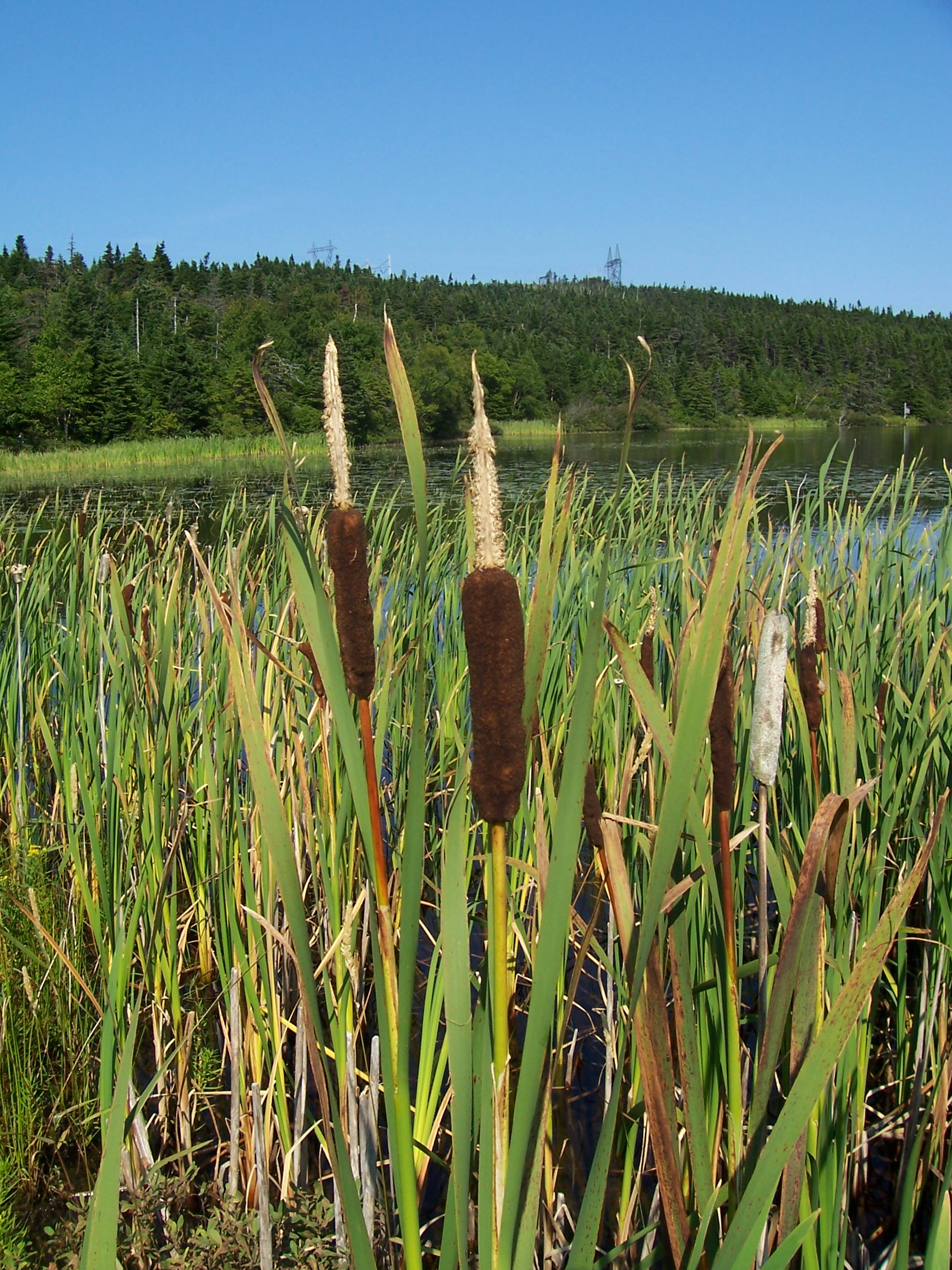Winter winds howling, unexpected snow squalls blinding the path, and forests hugging you like a warm feather duvet, all while tripping up on snow shoes, and lugging a thermos full of hot chocolate. This is what I think of when winter begins its long drawn out march across the Northeast Avalon. While this season is definitely not one of my favourite times of year, it has its charms that pull me away from the comforts of the fire place and into the mercy of Jack Frost.
 Winter foraging is a fun way to enjoy this season and to make sure you get a bit of sunshine. We need vitamin D to keep the winter blues at bay. Add a little rosehip to your diet and you’ll also be getting a big dose of vitamin C, antioxidants, and anti-inflammatories.
Winter foraging is a fun way to enjoy this season and to make sure you get a bit of sunshine. We need vitamin D to keep the winter blues at bay. Add a little rosehip to your diet and you’ll also be getting a big dose of vitamin C, antioxidants, and anti-inflammatories.
Rosehips are the fruit of roses and cling onto the shrubs well into the following year. Not only are they great for Christmas centre pieces, but can also be made into soups, jellies, and teas. Some rosehips ripen better than others, and are best after they’ve been kissed by frost. Of our two native roses the Virginian Rose (Rosa virginiana) have the bigger hips with fewer hairs on the surface. The common "wild" roses (R. rugosa) found in many gardens and sometimes naturalized in clearings have nice big hips that are really easy to handle.
Whichever way you decide to use them, it is best to remove the irritating hairs and seeds found in the middle of the fruit. This is easiest done when the fruits are partially frozen, a few minutes out of the freezer. With a sharp knife, cut around the circumference of the hip, pop it open and remove the frozen seeds and hairs. To make a tea, simply boil the fruit for 10 minutes and strain. The tea is tart like cranberries, with a hint of rose, and is best served with a bit of honey.
Cranberries, partridgeberries, and many other fruits can still be harvested. When picking, make sure that they still have bright colours and are attached to the plant. After a frost, these berries may be softer, look a bit dehydrated, but will have more flavour. One winter when I saw a flock of waxwings feasting at my favourite cranberry picking spot, I was reminded of the importance that this food plays to wildlife, especially birds that do not migrate. They need nourishment this to get through the cold months.
Other goodies available at this moment include the “weeds” that I have previously written about such as dandelions and wintercress. Some of these greens can still be harvested and made into soups or savoury pies. Think of the warm flavours of a mixed winter green, kale, feta, and cranberries wrapped in phyllo. Look up hortopita or spanakopita recipes and have fun experimenting with what is available!
 For those that are really adventurous, and want to make their own homemade phyllo, cattail (Typha latifolia) roots have the highest starch content from late fall to early spring. Commonly found in wet, boggy areas, cattails are a versatile plant to which I will dedicate an entire post in the spring.
For those that are really adventurous, and want to make their own homemade phyllo, cattail (Typha latifolia) roots have the highest starch content from late fall to early spring. Commonly found in wet, boggy areas, cattails are a versatile plant to which I will dedicate an entire post in the spring.
For now, you can dig up some roots to make cattail flour. Cattail roots should be firm and have white flesh. After cleaning the roots, peel them and break them apart by lightly pounding with something heavy like a rolling pin or cast iron pan. Place the broken up roots in a bucket of water and use your hands to break the pieces apart even further. The starch will begin to separate from the fibres and settle. Use your best judgement to decide when to stop, and then remove the fibres from the water. Allow the starch to settle, and then decant the water off. Transfer the remaining slurry into a shallow pan and place it somewhere warm to dry. This starchy flour contains gluten, and is best used in recipes mixed with wheat flour. It is very smooth textured and it has a sweet flavour.
Despite the potential for 4 to 6 months of cold, sloppy weather, there are still plenty of reasons to get out and enjoy nature. It is an opportunity to see old familiar places in a new light, and despite the cold, there is still a lot of life, and food, waiting under the snow.


